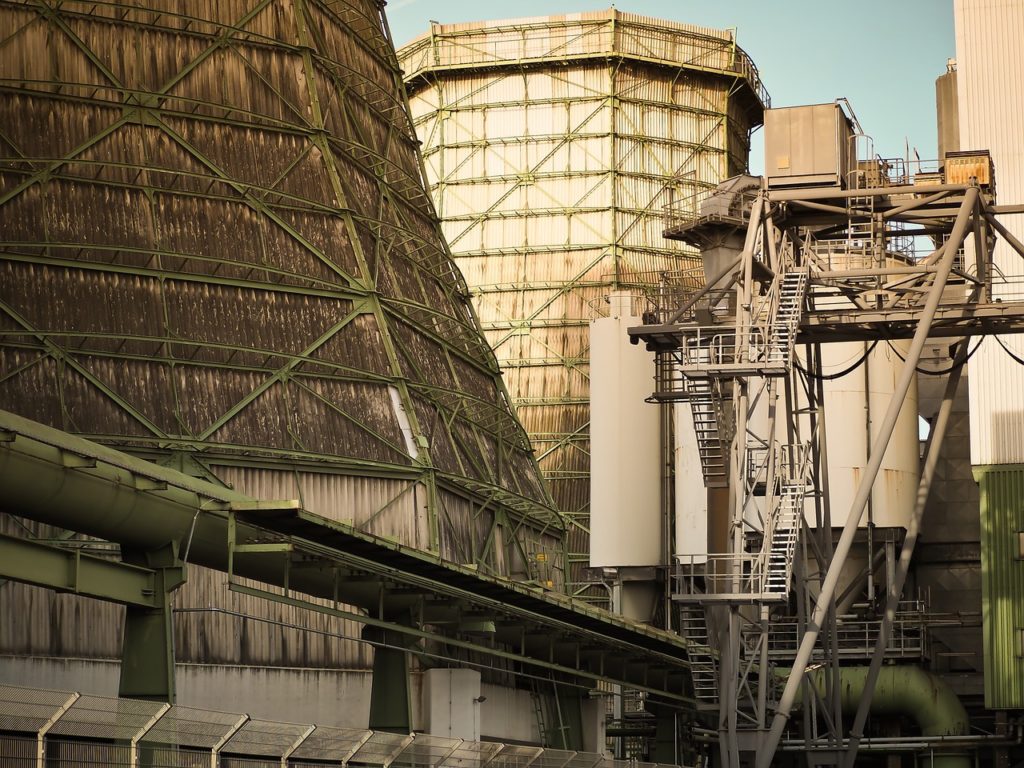In 3rd Class Power Engineering ASME code calculations you’ll be required to know how to calculate the minimum required thickness of a boiler drum. The information provided below helps explain the material covered in:
All referenced page numbers below are from the 2007 ASME Boiler & Pressure Vessel Code.
Formula
To calculate the minimum required thickness of a boiler drum required for various applications you will use a formula contained within ASME Boiler & Pressure Vessel Code PG-27 Cylindrical Components Under Internal Pressure page 10. Specifically PG-27.2.2 page 10
PG-27.2.2 Piping, Drums, and Headers. (based on strength of weakest course) It is important to remember any cylinder with an outside diameter less then 125mm is to be considered tubing and the equation provided in PG-27.2.1 page 8 must be used.
PG-16.3 Minimum Thicknesses It is also important to note that according to PG-16.3 that the minimum thickness of any boiler plate under pressure shall be 1/4in (6mm) except for electric boilers constructed under the rules of Part PEB
PG-27.2.2 Formula to calculate the minimum required thickness:
Outside Diameter Equation
Inside Radius Equation
Formula Variables
The symbols used within the PG-27 formulas are contained within paragraph PG-27.3 page 10 and are defined as follows.
C = Minimum allowance for threading and structural stability (mm) (PG-27.4, note 3) page 11
D = Or O.D. is Outside diameter of cylinder (mm) “In this case piping”
E = Efficiency of longitudinal welded joints or of ligaments between openings, whichever is lower (the values allowed for E are listed in PG-27.4, note 1) page 11
e = Thickness factor for expanded tube ends (mm) (see PG-27.4, note 4) page 11
P = Maximum allowable working pressure “Gauge Pressure” (MPa) (see PG-21, refers to gauge pressure)
R = Inside radius of cylinder (mm) “In this case boiler drum”
S = Maximum allowable stress value at the operating temperature of the metal (Section II, Part D, Table 1A. See PG-27.4, note 2) page 11. It is important when determining the maximum allowable stress value to check (PG-6 plate materials) page 4 and (PG-9 boiler tube materials) page 5 before starting calculations as this information will determine the correct stress table to use by indicating whether the material is carbon steel or an alloy steel.
t = minimum required thickness (mm) (see PG-27.4, note 7) page 12
y = temperature coefficient (see PG-27.4, note 6) page 11
How To: Calculate The Minimum Required Thickness Of A Boiler Drum Questions
Note: All code questions are to be calculated in (mm) and (MPa) unless otherwise stated. Convert accordingly and properly before the calculation.
How To Determine The Minimum Required Thickness Of A Boiler Drum Question #9
How To Determine The Minimum Required Thickness Of A Boiler Drum Question #10
Summary
If you have any questions regarding how to calculate the minimum required thickness of a boiler drum let me know in the comment section below and I’ll be sure to provide additional insight or reference material.
Thanks everyone,
Power Engineering 101

